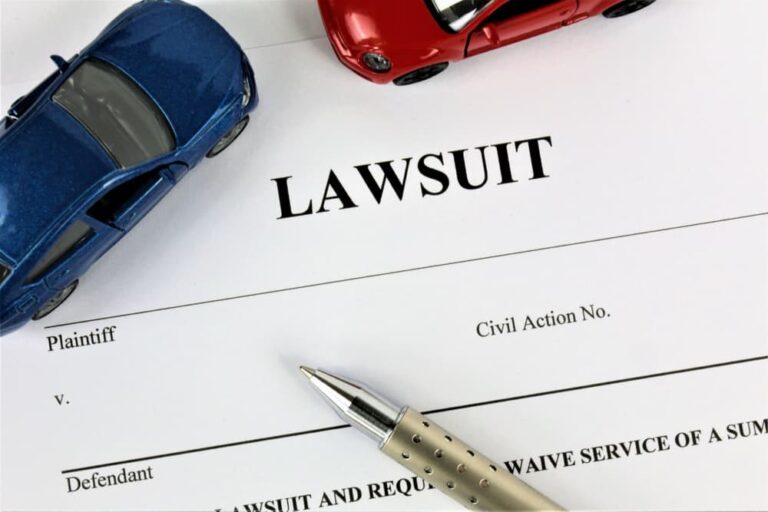What happens after the accident isn’t as widely talked about. Most people know they should exchange info, maybe call insurance, and get checked out, but not everyone talks about the legal deadline. And in California, that deadline is everything.
Why? Because California has a strict legal time limit for filing car accident lawsuits, it’s called a statute of limitations. If you miss it, even by a single day, you could lose your right to get compensation. That includes money for medical bills, lost wages, car repairs, or even long-term pain and suffering. So yeah, it matters.
Ontario, located in San Bernardino County, sees a lot of highway traffic thanks to I-10, the 60 Freeway, and its proximity to the Ontario International Airport. With so many commuters and commercial vehicles on the road, car accidents aren’t uncommon, and legal timelines matter just as much here.
Now, if you’re looking for legal help here in California, particularly in Ontario, then J&M Ontario auto accident lawyers can guide you through every step so you don’t miss those deadlines, especially if you’re dealing with something more complicated, like a government vehicle or a serious injury.
The Basic Deadline
In most cases, here’s how California’s statute of limitations works: If you were hurt in a car accident, whether it’s whiplash, broken bones, or something more serious, you’ve got two years from the date of the accident to file a lawsuit.
But if you weren’t injured and you’re only trying to get your car fixed or replaced, then the deadline’s a little longer. You get three years to file a lawsuit for property damage.
This is set by California law and applies whether the crash happened on a small neighborhood road or a major freeway. Two years for personal injuries. Three for property. That’s it.
When Government Vehicles Are Involved?
This part trips people up all the time. If you were hit by a government vehicle like a city bus, police car, or a garbage truck operated by a local agency, the rules are completely different.
Instead of having years to file a lawsuit, you have just six months from the day of the accident to file a special legal form known as a government claim. That’s a required step before you can even sue.
If you skip this step or miss the deadline, your case might be over before it even begins. And if the damage involved your house or property instead of injuries, the deadline goes up to one year, but that’s still shorter than most people realize.
These deadlines come from the California Government Code, specifically Sections 905 and 911.2.
When Does the Statute of Limitations Clock Start?
This is another important part that people don’t always understand. Most of the time, the clock starts on the day of the accident. That’s Day 1.
But if someone dies later as a result of their injuries, the two-year time limit for a wrongful death claim starts on the date of death, not the date of the crash.
There’s also something called the discovery rule. This applies when your injury wasn’t obvious at the time of the accident. Maybe the pain didn’t hit until weeks later. In those cases, the two-year limit starts from the moment you discovered or should’ve reasonably discovered your injury.
So if you found out three months later that your back pain was actually from the accident, your deadline starts then. But be careful because proving that in court isn’t always easy. You’ll need strong documentation and a clear timeline.
What If You Miss the Deadline?
Here’s the hard truth: if you wait too long and miss the statute of limitations, you lose your right to sue. It doesn’t matter how strong your case is or how badly you were hurt. The court will throw it out before it even begins.
There’s no grace period, no extra day to explain, no wiggle room. It’s a hard deadline, and California courts take it seriously.
That’s why it’s a good idea to talk to a lawyer early on, not at the last minute. Once that deadline passes, you’re out of options.
Are There Any Exceptions?
Yes, but they’re rare, and they’re not guaranteed. Here are a few situations where California might pause or toll the clock:
If the injured person is under 18, the two-year time limit doesn’t start until their 18th birthday. If someone lacks mental capacity (because of injury, illness, or disability), the countdown starts when they regain their ability to make legal decisions.
If the person who caused the crash leaves California, the clock stops until they return. If they’re in prison, the timer is paused for up to two years. And in cases where someone is avoiding being served with legal papers on purpose, that can also pause things, but you’ll have to prove it.
Bottom line: you shouldn’t rely on these exceptions unless absolutely necessary. It’s much safer to just file within the normal time limit.

